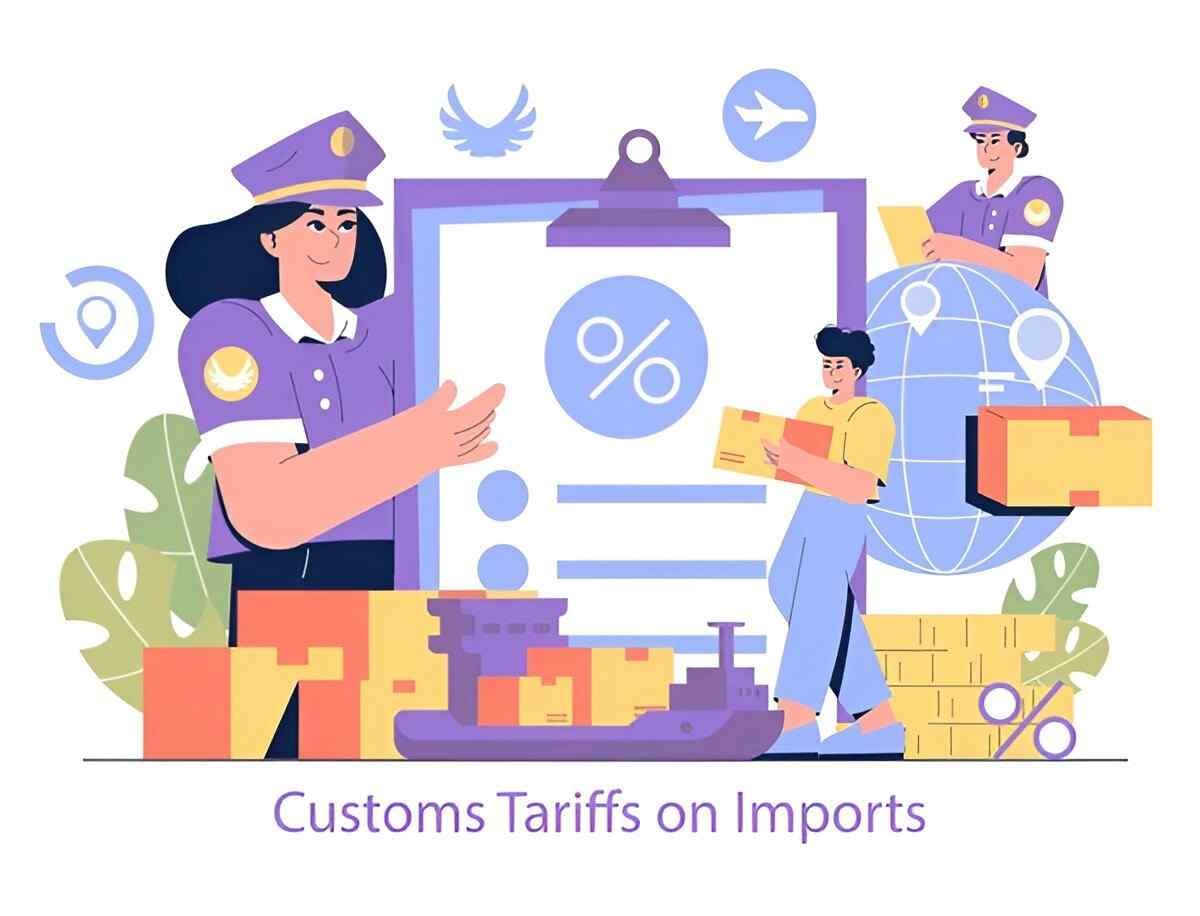Understanding Countervailing Duty: A Simple Guide for Beginners
Countervailing Duty (CVD) is a tariff or tax imposed by a government on imported goods that have benefited from subsidies provided by the exporting country’s government. The purpose of this duty is to level the playing field for domestic producers by offsetting the unfair price advantage that these subsidized imports might have in the domestic […]
Understanding Countervailing Duty: A Simple Guide for Beginners Read More »










